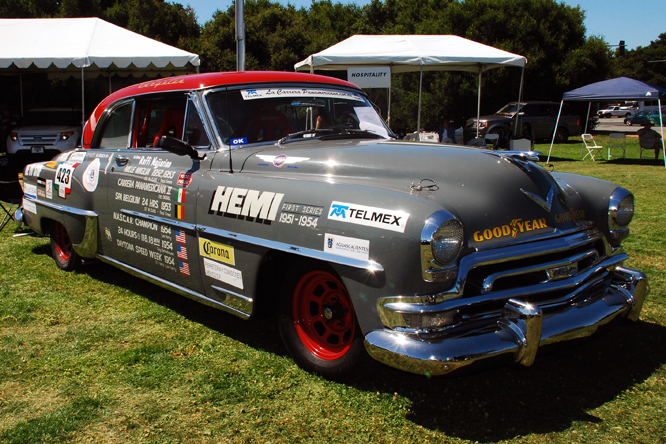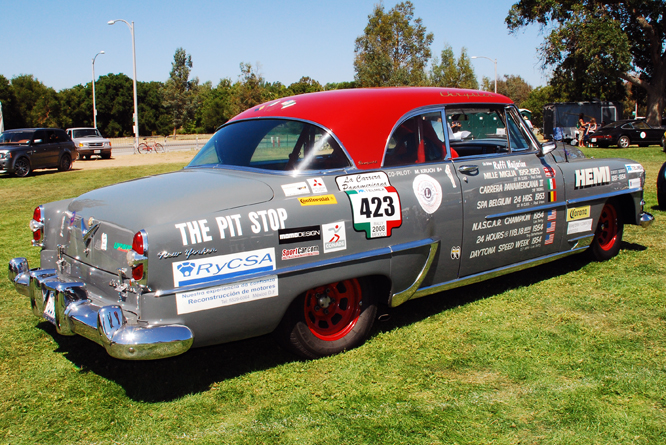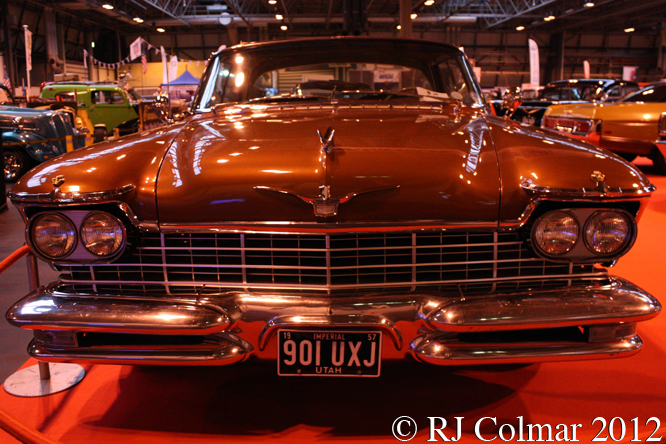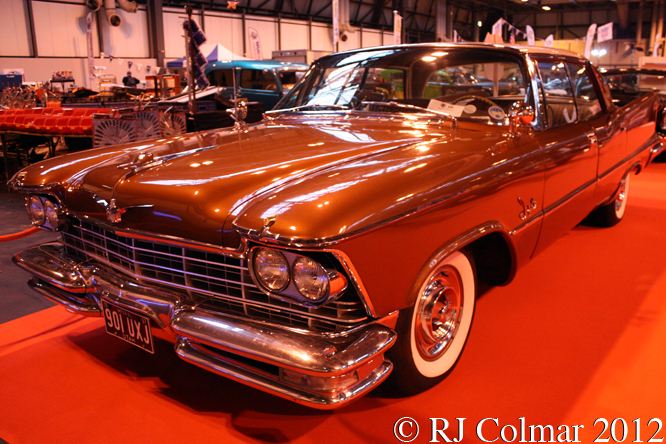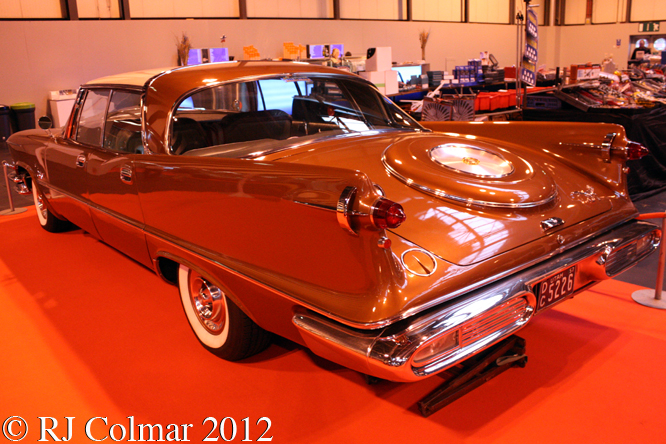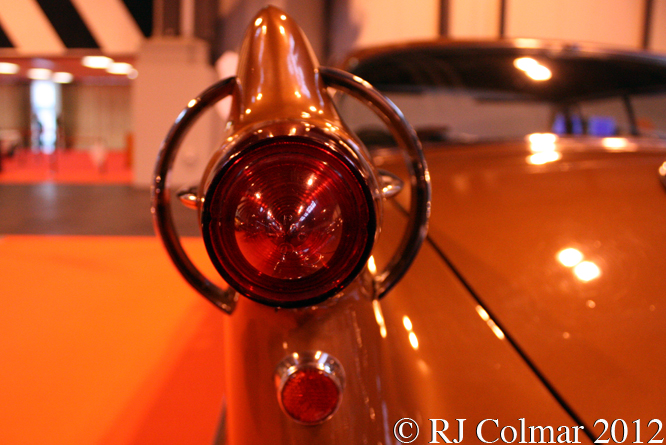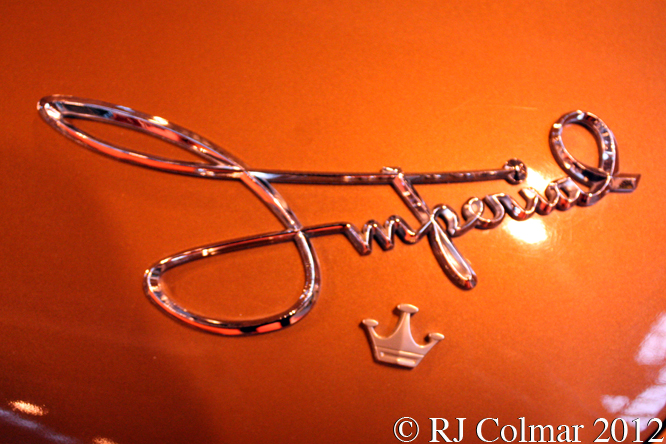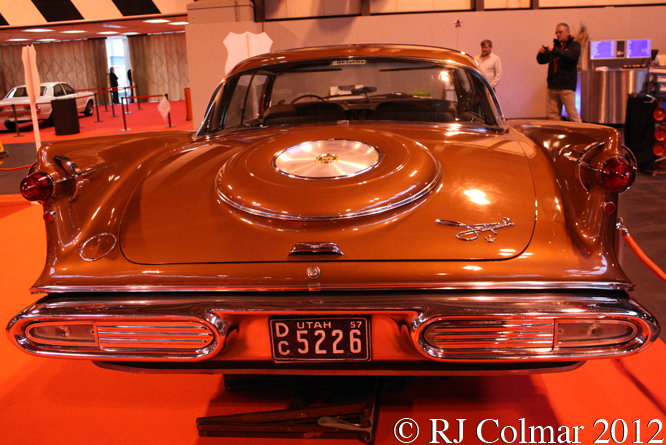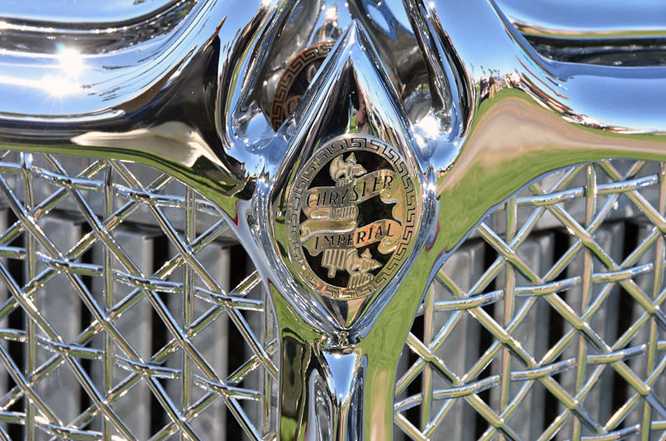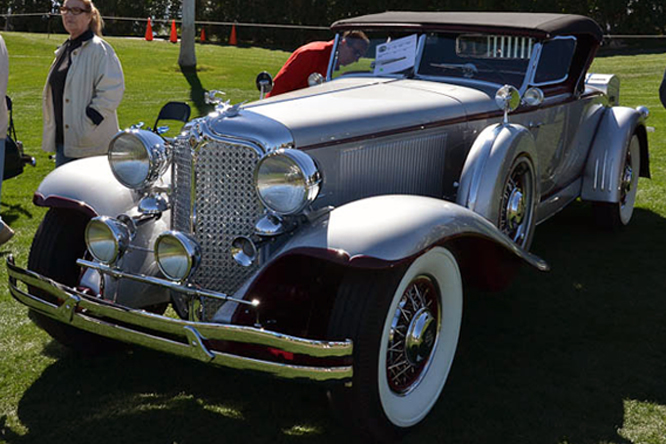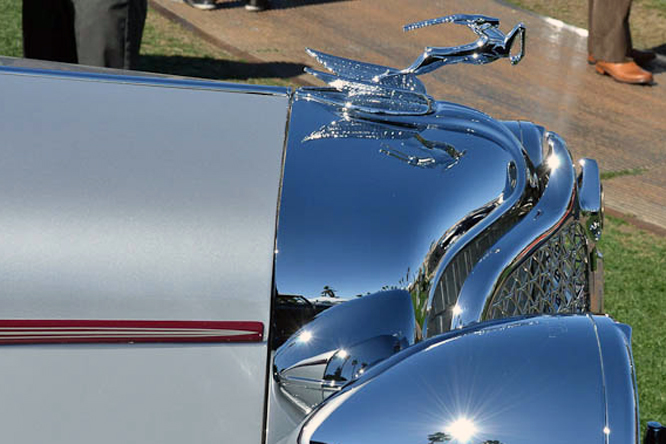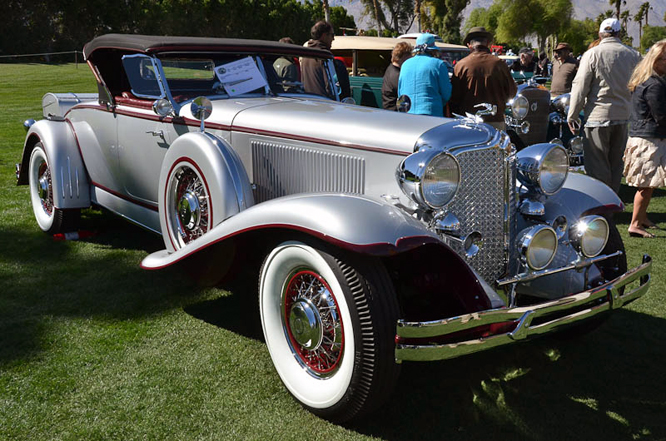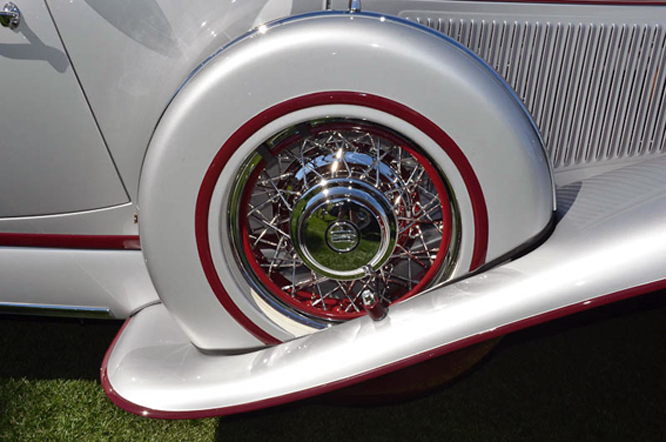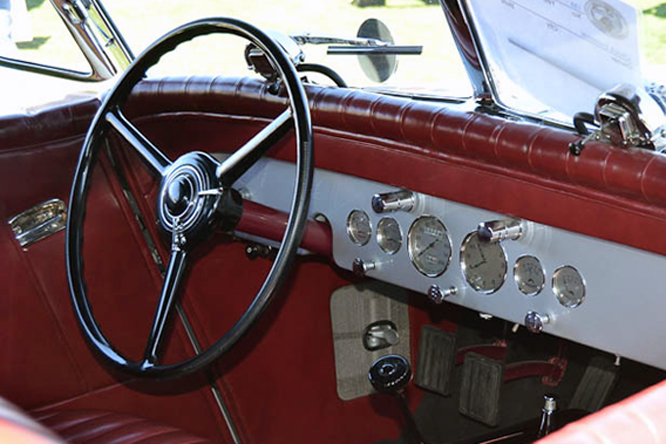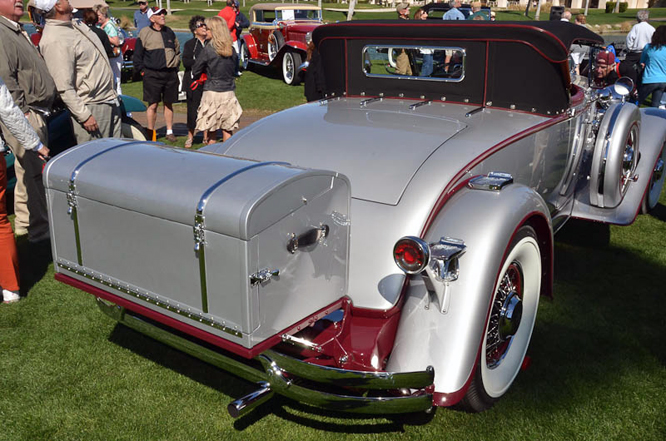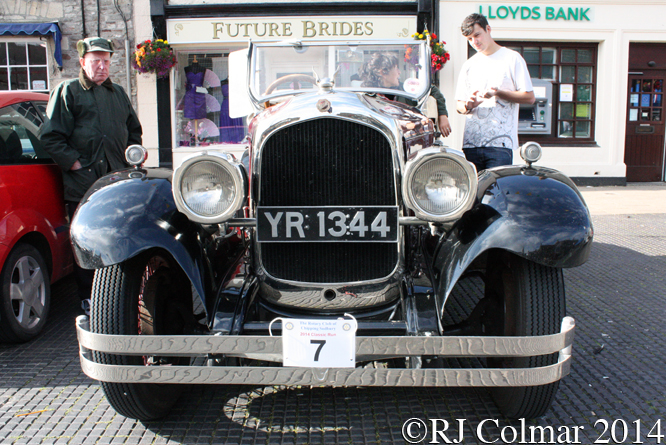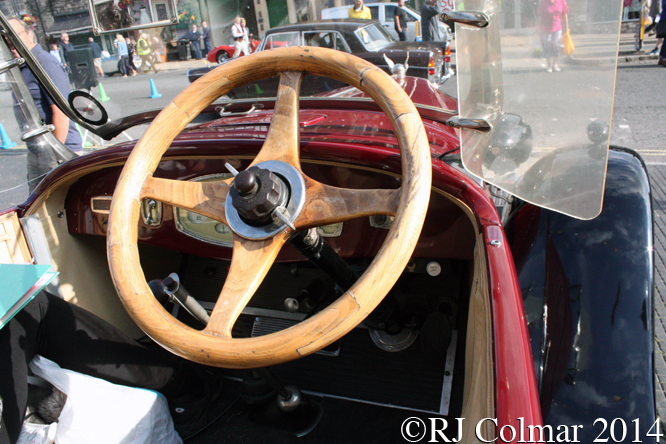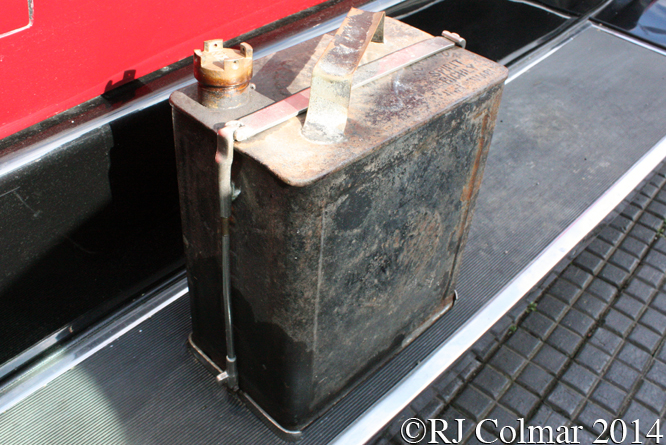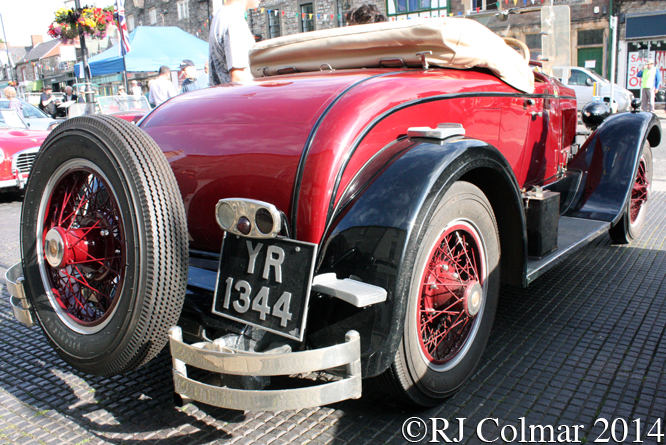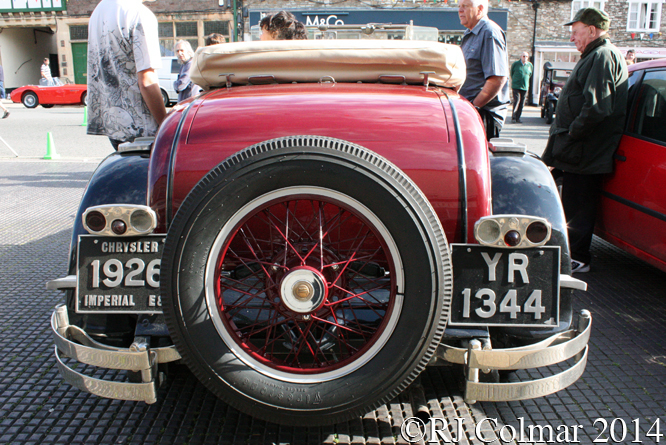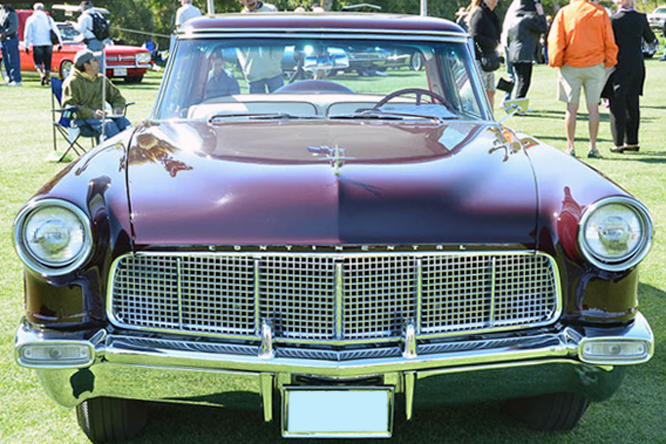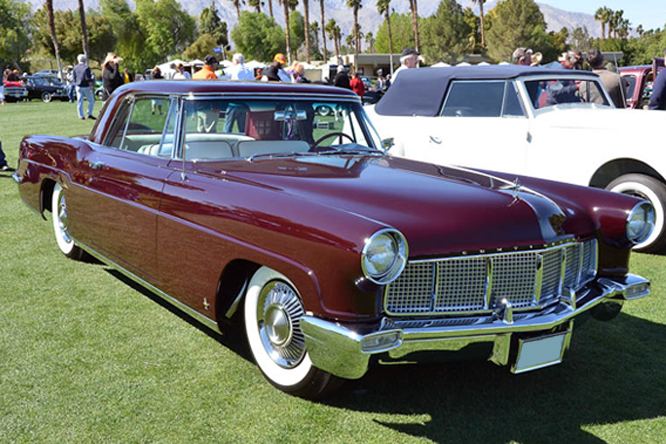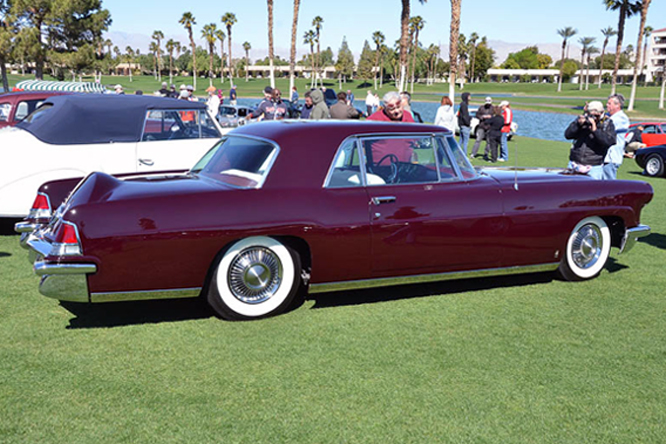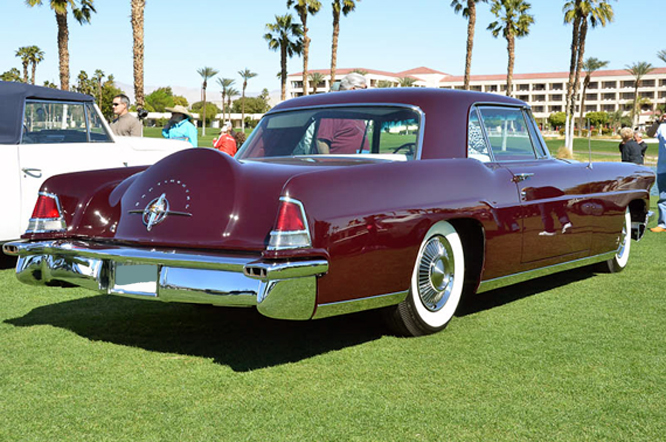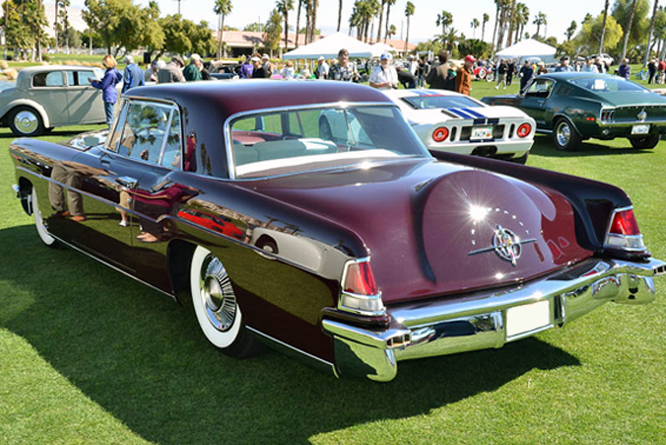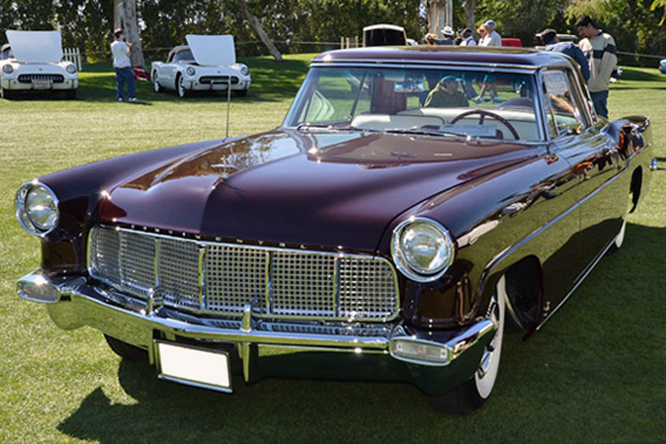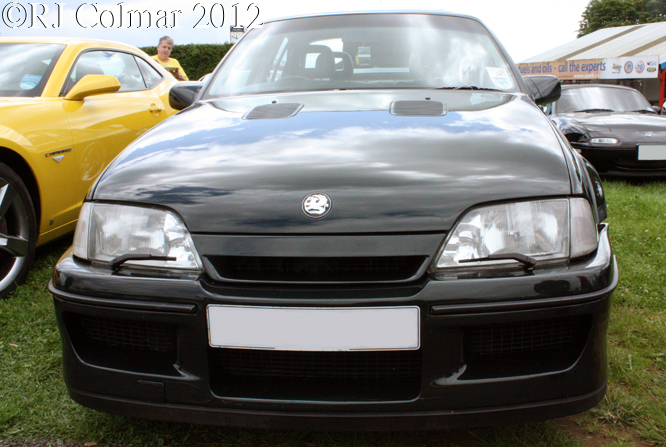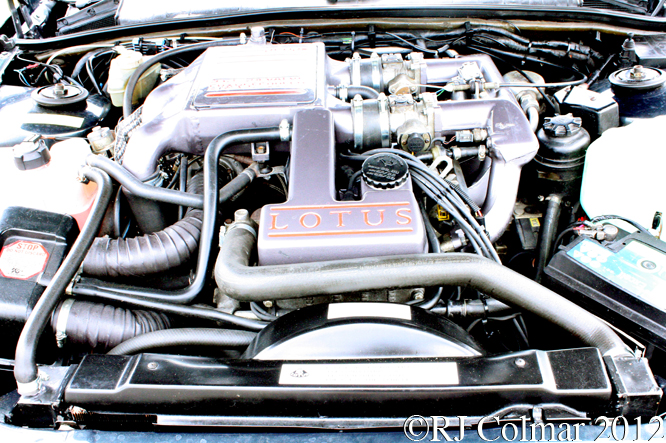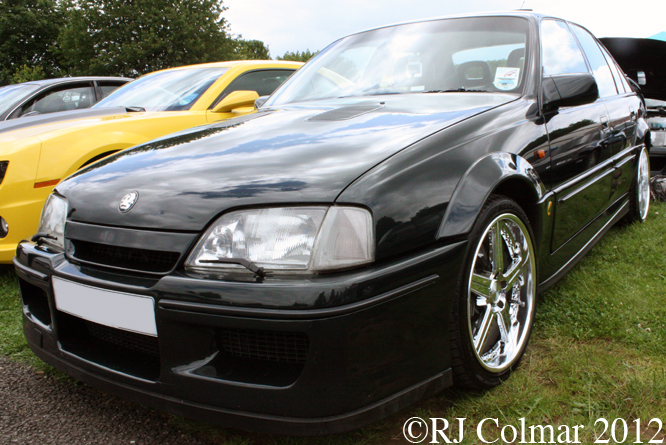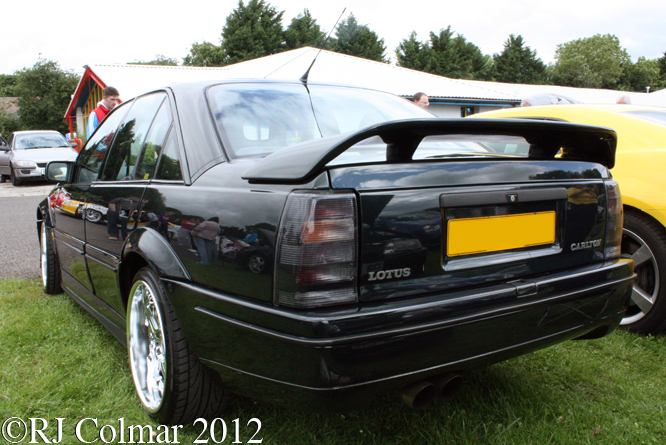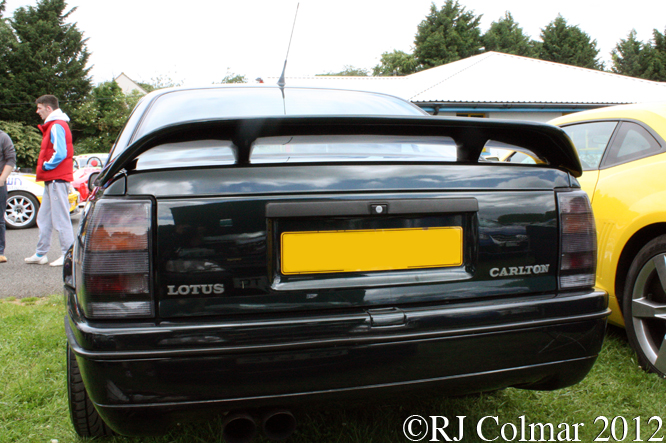Twenty five years after the original Chrysler Town & Country Barrel Back Estate / Wagon was first seen the forth post war generation Town & Country Estate / Wagon was launched in 1965.
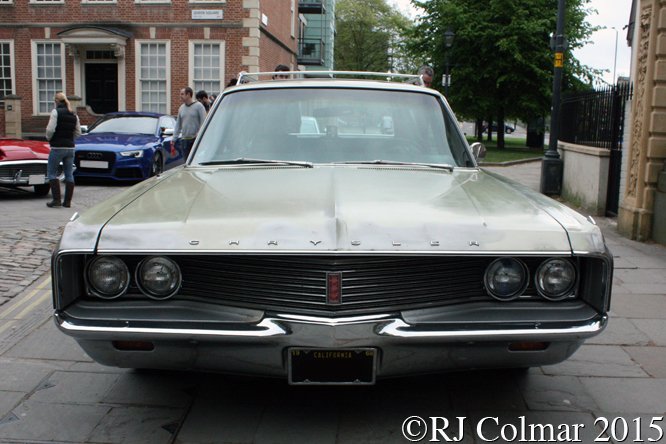
Elwood Engel was responsible for the design which featured a unitary body with a 121 inch wheelbase.
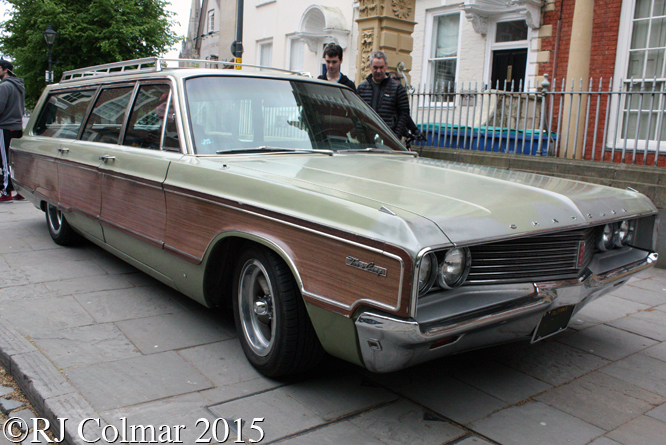
The 220 inch body of the fourth generation Town & Country used a combination of torsion bar front suspension and leaf sprung rear suspension and was initially available with either a 270 hp or high compression 305 hp motor, the latter requiring premium fuel.
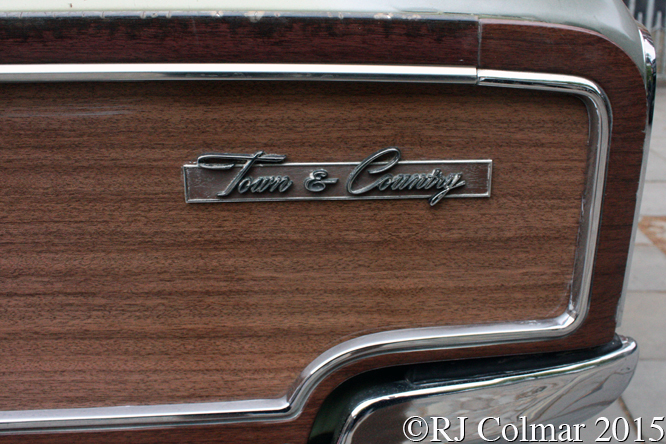
Push button activated automatic transmission was deleted in favour of a near ubiquitous PRNDL selector that could be either floor or steering column mounted for the standard Torqueflite automatic transmission.
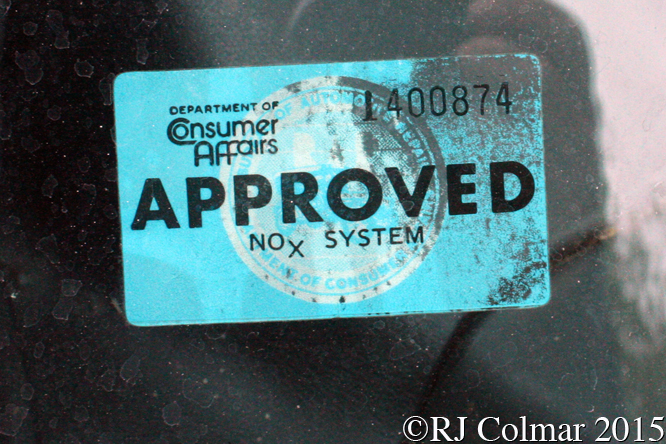
Despite the Chrysler Imperial Crown having standard disc brakes since 1950, they were still optional on the fourth generation Town & Country.
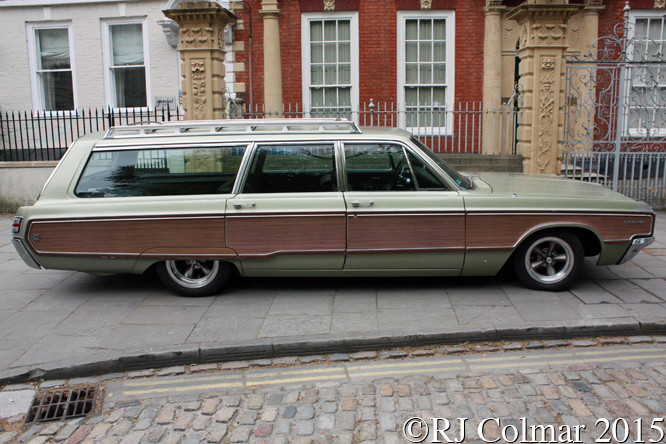
By 1968 the lower powered Town Country produced 290 hp from it’s two barrel carburetor 383 cui V8.
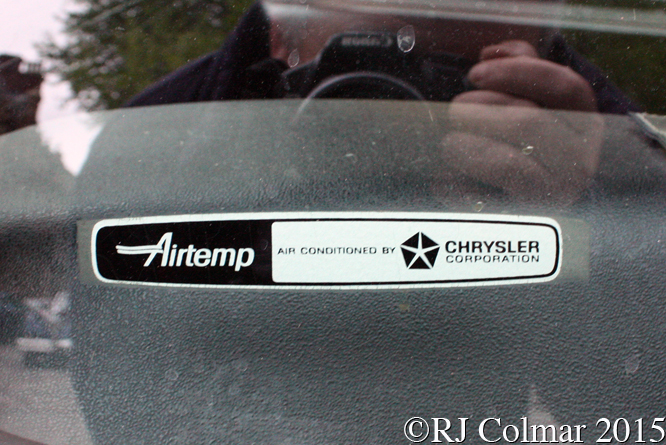
’68 model Town & Country models, the last of the fourth generation, are also distinguished by their mandatory side running lights and the introduction of simulated wood panels, reprising the genuine wood panels last seen on the Town & Country models in 1950.
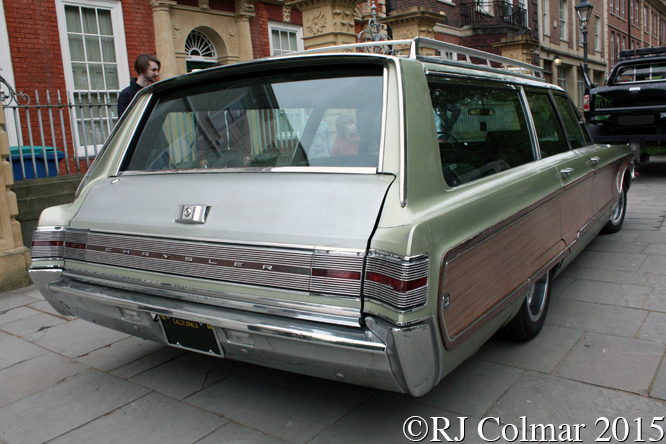
Today’s featured ’68 Town & Country was first registered in the UK on 17th September 2012.
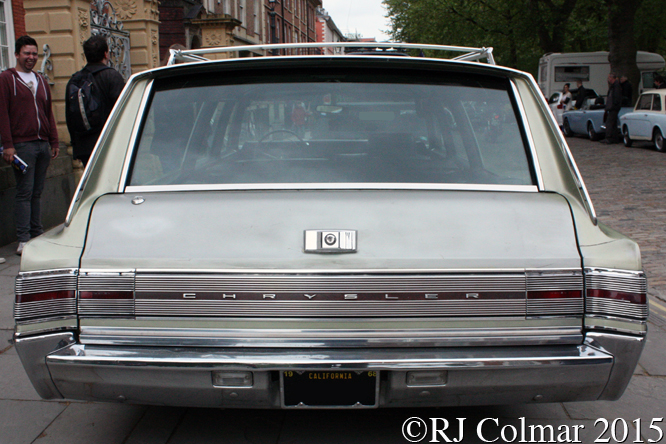
The car seen at an Avenue Drivers Club meeting in Bristol earlier this year is shown as running a 7.2 litre / 440 cui motor of a type not seen until 1971 on the fifth generation post war Town & Country.
Thanks for joining me on this “Simulated Walnut Grain” edition of “Gettin’ a li’l psycho on tyres” I hope you will join me again for a Festive Ferrari Friday. Wishing all GALPOT readers a Merry Christmas, don’t forget to come back now !


